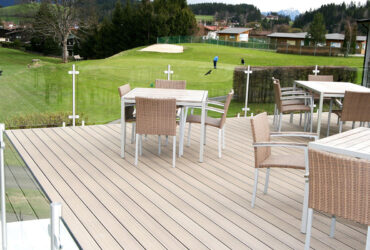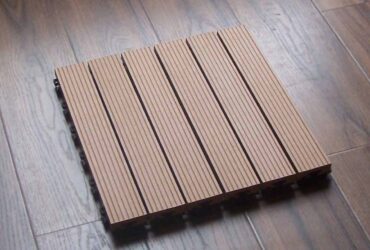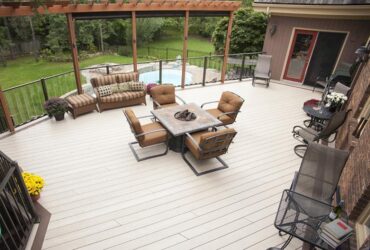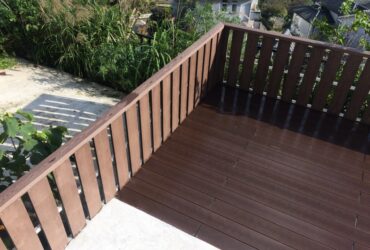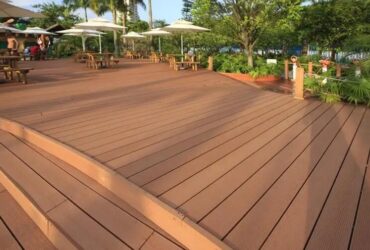Wood Plastic-What Is It and How to Make It
What is the Wood Plastic
The factors that promote the development of Wood Plastic
How to produce Wood Plastic
The difference between wood and wood plastic
The application of Wood plastic
The Market Status of WPC Products
At present, due to the increasing shortage of natural wood resources, wood buildings are gradually being eliminated by the market. Firstly, because of its damage to natural resources, and because of the durability of wood as a building material. In this case, we urgently need a new material to replace wood, and at the same time it should be better than wood in terms of performance. Wood-plastic products naturally stand out and become a new popular building material.
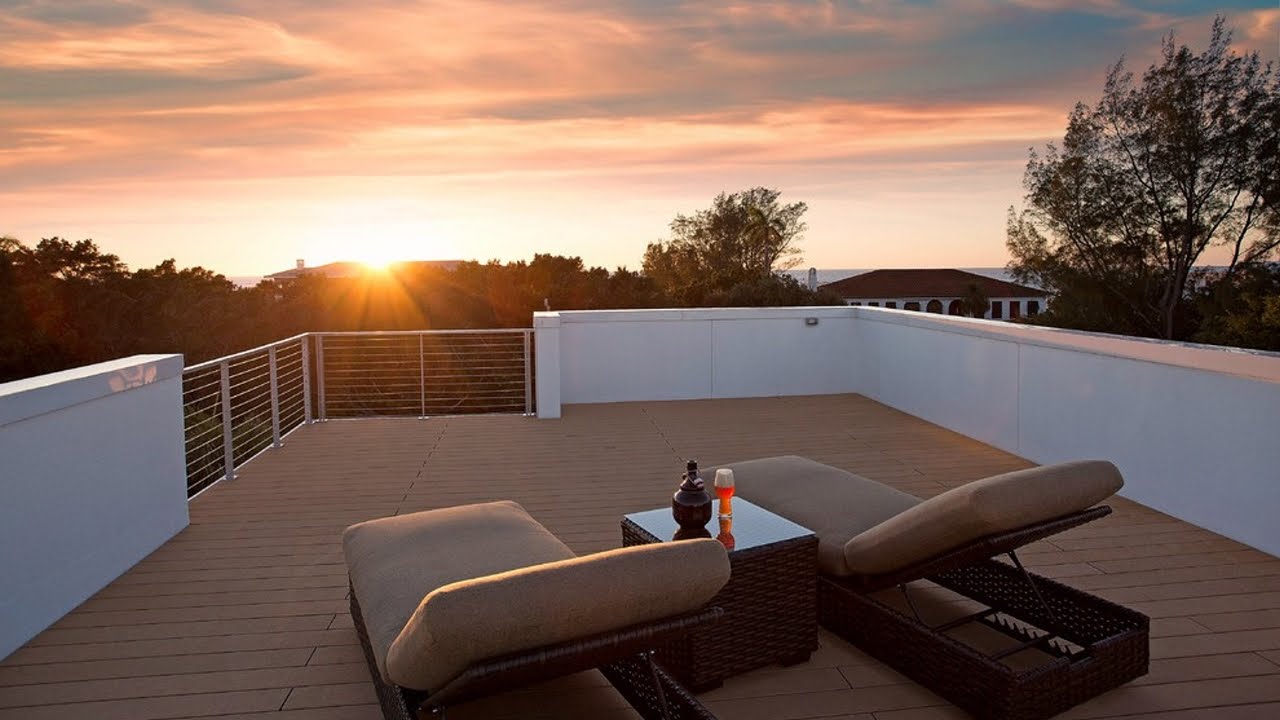
What is the Wood Plastic
Wood-Plastic Composites (WPC) is a new type of composite material that has flourished in recent years at home and abroad. It refers to the use of polyethylene, polypropylene and polyvinyl chloride to replace the usual resin adhesives. More than 35%-70% of wood flour, rice husks, straws and other waste plant fibers are mixed into new wood materials, and then through extrusion, molding, injection molding and other plastic processing techniques to produce plates or profiles. Mainly used in building materials, furniture, logistics packaging and other industries. The plastic and wood powder are mixed in a certain proportion and then hot-extruded to form the board, which is called extruded wood-plastic composite board.
The factors that promote the development of Wood Plastic
There are both natural and human factors in the increasing demand for wood plastic.
Natural factors are what we mentioned at the beginning, the lack of wood resources, the shortage of resources caused by excessive use; the human factors are various, such as the wood buildings are no longer popular, people's awareness of environmental protection is increasing.
The factors of natural:
In today's society, environmental and natural resources are seriously damaged. Although wood is a renewable energy source, the regeneration speed is slow. Using wood as a building material for a long time will greatly damage the natural environment.
The factors of human:
After long-term development, people's awareness of environmental protection has gradually increased, and they have become more and more aware of the importance of protecting natural resources.
People's aesthetics are becoming more and more diverse, and wood-plastic materials meet more possible conditions when building houses, and can bring us more surprises.
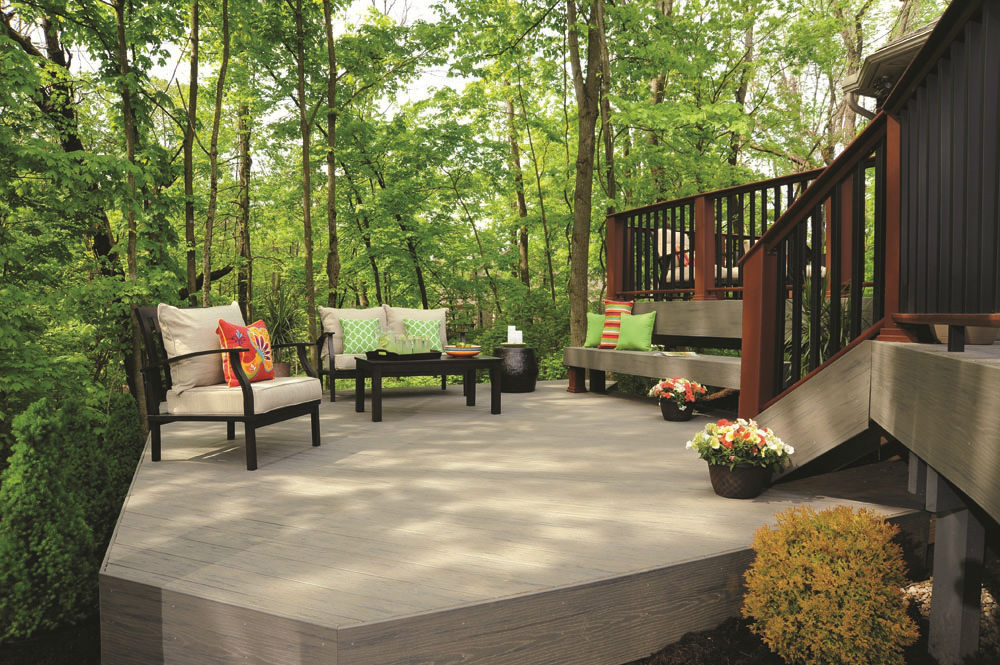
How to produce Wood Plastic
Material selection: use commercially available wood powder, such as ash, basswood, birch powder, etc., the wood powder fineness is 80-150 mesh sieve, the moisture content is 8-12%, and it is determined according to GB739-75 standard.
Pulverization: If wood chips or waste wood are selected, they need to be pulverized by a pulverizer to reach the technical standards of the above-mentioned material selection process.
Proportion: Mainly based on low-voltage high-density polyethylene HDPE, that is, primary recycled cable material.
Stirring and heating: the two processes of extrusion molding are carried out simultaneously, and the above-mentioned components are fed into the extruder, while stirring and heating, while extruding and forming through a die and a mandrel. 79Mpa, the heating temperature is 85-90℃, if flame retardant is added, the heating temperature is 115-150℃, it can be heated and extruded by stirring once, or it can be heated and extruded by stirring for many times. The general time is 150 minutes. By changing the die, hot extrusion can be used to produce a series of products such as plates and profiles of various specifications.
Cooling and solidification: Cool the extruded semi-finished product at room temperature for 30 minutes, or send it to a cold treatment equipment, and press it with cold air or cold plate to make it solidify and shape.
Judgment of finished products: Cut the above-mentioned solidified wood-plastic mixed materials into finished products such as plates and profiles of various specifications.
The difference between wood and wood plastic
Although wood-plastic material is a substitute for traditional wood, there are still obvious differences between the two in various aspects.Let’s have a look about these differences.
Water absorption:
Traditional wood is easier to absorb moisture. If it is not maintained regularly, it is prone to moisture and rot, swelling and deformation, and potholes. Wood-plastic materials are not easy to get wet and rot. Compared with ordinary wood, the material is harder, the material is more stable, and it is not easy to deform.
Environmental friendly:
Products made of traditional wood consume a lot of wood and have a great impact on the protection of the ecological environment. Wood-plastic materials can be made of various waste plastics, waste wood and crop residues, which will help reduce plastic waste. It also helps to reduce the pollution caused by the incineration of agricultural wastes to the environment.
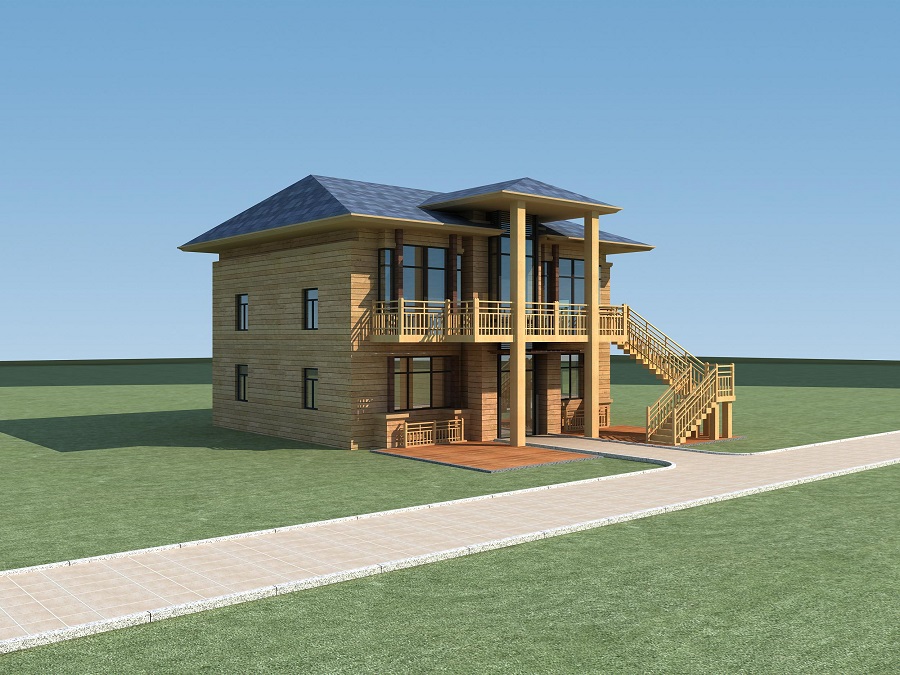
Traditional wood is far inferior to wood-plastic products in terms of fire protection. Wood-plastic products have high fire resistance, can be effectively flame retardant, self-extinguishing in case of fire, and do not produce any toxic gas. Traditional wood is flammable in case of fire, which is easy to pose a threat to safety.
Anti-slip:
Compared with wood-plastic products, the surface of traditional wood has greater friction, and it is not easy to slip when exposed to water. The surface of wood-plastic products is too smooth and it is easy to slip when wet.
In addition to the above differences, wood-plastic products have many advantages, such as low maintenance costs in the later period, not easily broken, etc. Wood-plastic products have shown advantages over traditional wood in many aspects.
The application of Wood plastic
WPC products are now widely used in various areas of life, such as decking, wall panels, fences, etc. In different scenarios, the types of products used will also vary. Now I will list some different usage scenarios and product types.
WPC decking is a floor made of wood-plastic composite material. It has the same processing characteristics as wood. It can be sawed, drilled, and nailed with ordinary tools. It is very convenient and can be used like ordinary wood. At the same time, it has the woody feel of wood and the water-proof and anti-corrosion properties of plastic, making it an excellent and very durable outdoor waterproof and anti-corrosion building material.
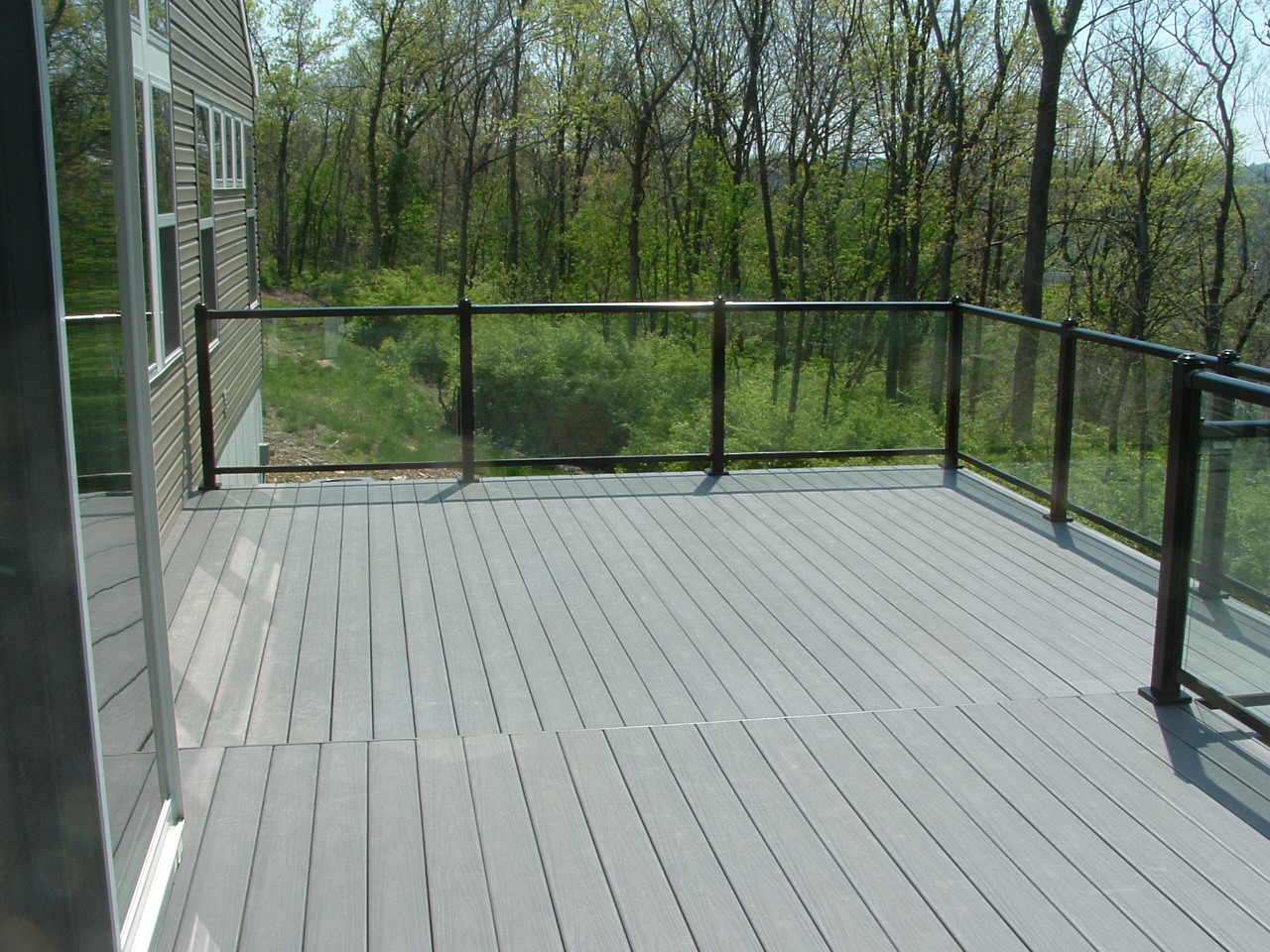
The WPC wall panel is suitable for domestic applications such as homes, gardens and building facades, as well as commercial applications such as offices, factories and residential developments. It is the good ideal for decorating and renovating building walls.
As an alternative to traditional wood panels, our unique manufacturing process combines wood and recycled plastic so that WPC wall panel integrate the traditional appearance of wood with the durability of composite materials. With the real feeling of solid wood material, the product has a lasting wood grain effect and color. Therefore, whether in new buildings or renovation projects, the use of wood-plastic cladding can give the building a new appearance. WPC wall panel saves you time and money without painting or other treatments.
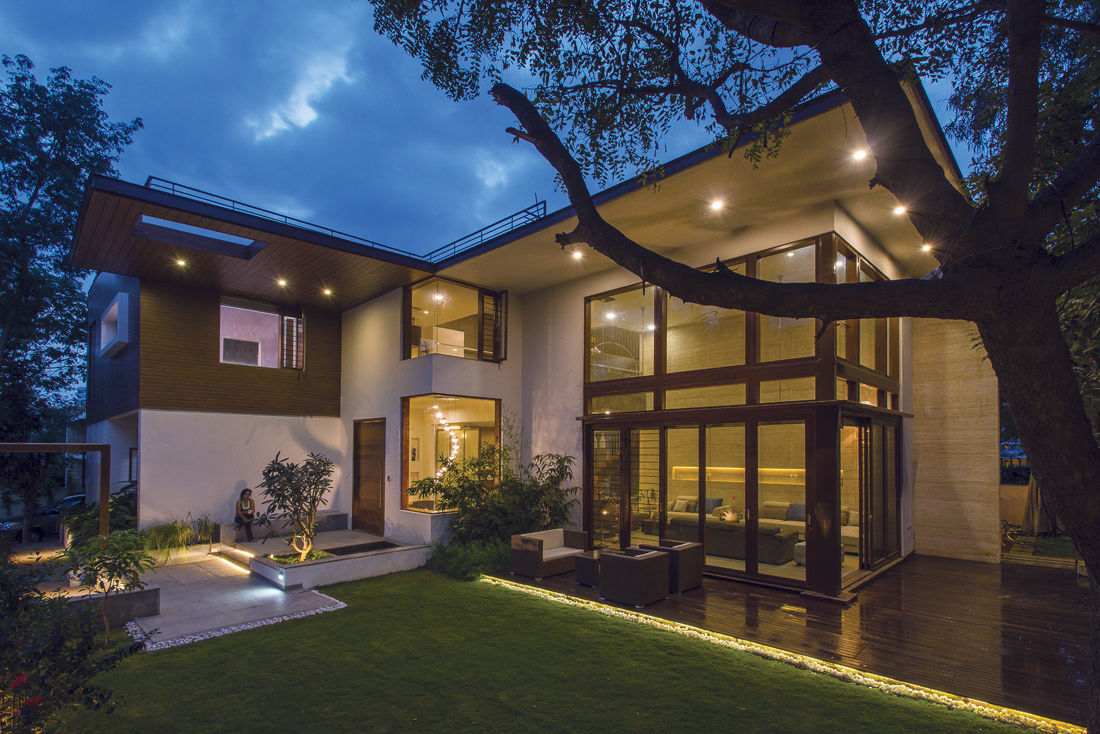
Wood-Plastic pergolas, especially when planted with vines such as rose, honeysuckle, and wisteria, provide cool havens for entertaining and relaxing that feel wonderfully natural. These outdoor structures can be freestanding or attached to an exterior wall. If you’re limited on space, consider building a pergola over an existing patio.
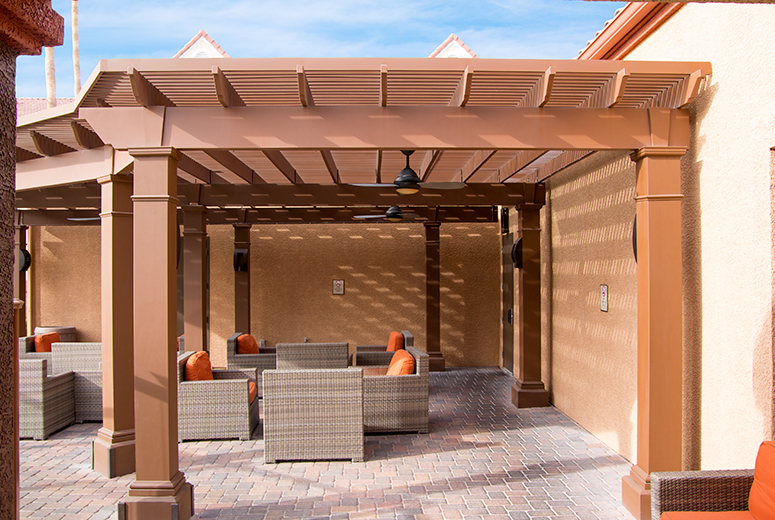
In addition to the above products, wood-plastic materials can also be used to make flower boxes, park benches, etc.In addition, our products also provide DIY customization services. Customers can buy DIY sheets and go home to assemble and splicing them. The splicing process is also very easy, and it can be easily completed by 1-2 people.
The Market Status of WPC Products
Wood-plastic materials originated in the United States in the 1980s. At first, they were used as plastic improvement materials. Later, with the popularization of technology and the enhancement of people's awareness of environmental protection, wood-plastic products gradually began to become popular in Europe and North America. Today's wood-plastic products have become a commonly used building material in most countries.
With the continuous reduction of global forest resources, the call for how to protect forest resources and seek new synthetic materials to replace wood is becoming more and more intense. Top priority for environmental groups. Traditional anti-corrosion wood, heavy bamboo synthetic wood, glulam and other materials require constant renewal and maintenance due to problems such as easy water absorption, mildew, and short life.
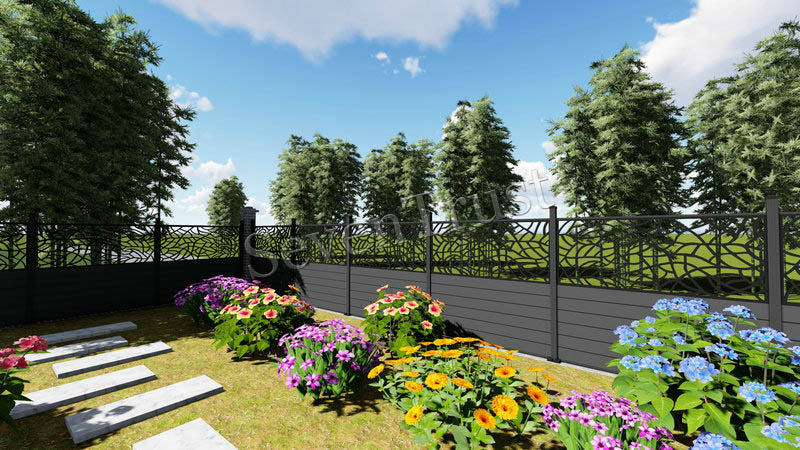
However, the plastic-wood composite material has the dual advantages of plastic and natural plant fibers. It is not only waterproof, moisture-proof, mildew-proof, insect-proof and ant-proof, but also has a long life, zero formaldehyde, no pollution, no poison, and can be recycled and reused. . Wood-plastic composite materials also have very good plasticity and non-cracking, non-expansion and non-deformation properties, which reduce the cost of later maintenance. Therefore, it is of course the most ideal wood substitute.
In addition, the development of ecological civilization and the construction of beauty have become the strategic goals of various countries around the world. The utilization of renewable resources and the development of circular economy have also become a social consensus. The concept of health and environmental protection is deeply rooted in the hearts of the people. Whether it is municipal park square construction and landscape renovation, or real estate building decoration and folk garden courtyard decoration, plastic wood materials have been used and recognized more and more.

